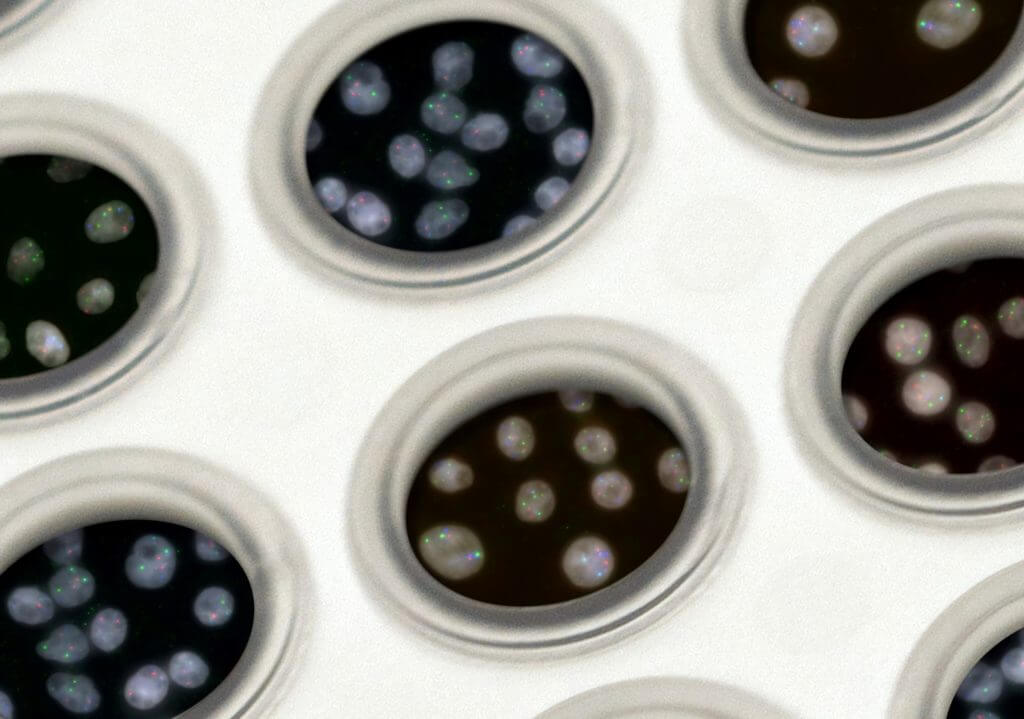Human organoids are in vitro 3D biological structures that recapitulate the key function of an in vivo organ. They are amenable to any experimental approach that has been developed for cell lines and patient-derived animal models, thereby complementing the existing model systems in biological and medical research.
Furthermore, the analysis of organoid formation during the model development can provide valuable information about the mechanisms in organ regeneration, highlighting their potential application in drug testing and molecular medicine
Methods to obtain organoids
Organoids with limited or complete biological functions can be made for almost all body organs. There are published data available for the kidney, liver, pancreas, gastrointestinal tract, mammary glands, upper and lower lungs, prostate, thyroid, retina and brain. These organoids can be derived either from adult stem cells (ASCs), which can be directly sourced from the biopsy samples, or pluripotent stem cells (PSCs), such as embryonic stem cells (ESCs) or induced PSCs (iPSCs) through reprogramming differentiated cell types. Organoids derived from ASCs exploit the tissue regeneration process that is driven by the organ cells and can be established directly from the healthy or diseased epithelium of many organs.
Organoids from ASCs:
In the ASC-derived organoid system, single stem cells or clusters of cells are usually seeded into a biological matrix that mimics essential biochemical aspects of the organ. Under appropriate signalling conditions that involve key regulatory pathways, these cells undergo proliferation, differentiation, migration and selection. Despite the lack of spatially organized cues, they grow into symmetrical structures and acquire remarkable architectural complexity that mirrors the organization and cell type diversity of its in vivo organ counterpart.
Organoids from PSCs:
Similar to the development of organs in vivo, the PSCs can proliferate, differentiate and eventually form organoids with structural and functional resemblance to the adult organ. For example, the generation of brain organoids usually starts with aggregates of PSCs, that form embryoid bodies that are embedded in an extracellular protein-rich matrix (ECM). The cells in the ECM grow in a self-organized manner to form neuroepithelial structures with compartments that correspond to multiple brain regions.
PSC-derived organoids are promising research platforms for creating models for organs for which tissue samples cannot be easily obtained, such as the brain. They can also be used for modelling the overall developmental processes that occur during organogenesis.
Applications of organoids
- Organoids can be used to model tissue development, homeostasis and regeneration
- They also enable knockout studies of essential genes, which is not feasible in vivo, owing to embryonic lethality
- They can be used to identify factors required for stem cell differentiation into specific lineages or the molecular mechanisms underlying cell fate programs
- They are a promising alternative to animal models that are usually associated with technical difficulties and ethical challenges and often do not recapitulate all aspects of human pathologies
- There are no accurate animal models for neurological disorders like Alzheimer’s, Parkinson’s disease and autism spectrum disorders. Brain organoids can be valuable for studying the cellular and molecular processes involved during these conditions
- Cancer organoids capture the disease heterogeneity and, therefore, present an excellent tool for personalized medicine to predict the clinical outcomes
- Organoids are an important and valuable research tool during the SARS-CoV-2 pandemic. Lung capillaries, kidney and intestinal organoids can be infected with the virus and can be used to provide insight into tissue tropism, replication sites and study drug responses
Limitations of organoid systems
Cell maturity and function
- Even though an impressive degree of physiologic functionality has been achieved with various models, none of the established organoid systems reproduces the full functional repertoire of its respective organ
Accessibility and removing contaminants
- Organoids have a limited life span and as they grow in size, diffusion dependent nutrient supply and waste removal becomes difficult that usually makes it less efficient
- In addition to problems with nutrient supply, inaccessibility also poses an issue for controlling the different compartments of an organoid. For example, during host-pathogen interaction studies, microbes are to be delivered on the apical side of the organoid, whereas metabolites and cytokines are delivered from the basal side
Heterogeneity of the organoid model
- Organoids have shown considerable variability during formation, efficiency, cellular morphology and function from the in vivo organ. Reducing this variability is essential to fully capitalize on its potential
Validation of the organoid system
- Conventional laboratory setups provide very little information about the functionality of the organoids
- The measurement of analytes would require setups in which the growth of organoids is controlled and the organoid shape can be constrained
Perspectives
- Organoid models are still in the research and development phase and based on their enormous potential can revolutionize disease pathogenesis and its therapeutics in a significant and profound manner
- The genome engineering technologies like CRISPR apply to organoids also and can be used to generate genetically modified and disease-associated mutation models that mimic disease conditions
- Given the rapid advances in the field, we believe that human organoid systems will provide unprecedented opportunities for research aimed at improving human health
#organoids #ASCs #stemcells #research #drugdiscovery
Sources
- https://www.nature.com/articles/s41578-021-00279-y
- https://www.sciencedirect.com/science/article/abs/pii/S1471491421000678
- https://www.annualreviews.org/doi/abs/10.1146/annurev-neuro-070918-050154
- https://www.nature.com/articles/s41596-020-0379-4?elqTrackId=1ef1c4a4fdb7444a808000e9fa78f07e
- https://www.nature.com/articles/s41591-020-0912-6?fbclid=IwAR3DdpYUhzQmGRB2BRvs4Efd29QCy0H4j-_5htnA3lBqC9b65hgI_29Qb3I
